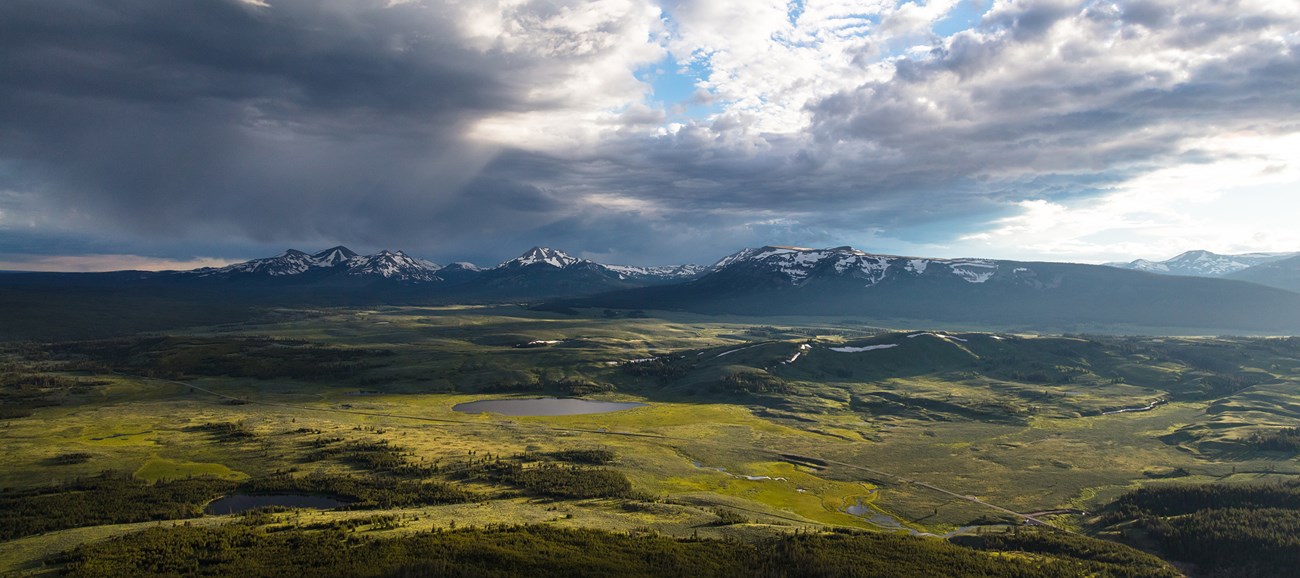
NPS/Frank Support and direction for environmental stewardship in Yellowstone is clearly embedded in both the National Park Service mission and Yellowstone’s significance. Yellowstone’s sustainability program extends this commitment to conservation and protection to the environmental impact of our own operations. Yellowstone National Park was established in 1872 as the world's first National Park, and now, as a biosphere reserve and World Heritage Site, it remains an example for excellence in environmental management. Yellowstone strives to demonstrate exemplary leadership for sustainability and climate change mitigation by managing operations and adapting facilities in a sustainable manner to preserve our resources for this and future generations. Commitment to sustainability is made more important with a changing climate and increasing impacts to natural resources, locally and globally. Federal legislation requires agencies to protect resources through sustainable operations and facility adaptation. The National Park Service Green Parks Plan provides further direction for environmental stewardship, and has led to a firm commitment and support for Yellowstone’s continued leadership in environmental stewardship. Yellowstone Environmental Coordinating Committee (YECC)Yellowstone strives to make sustainability an essential element in management and operational decisions. NPS staff works closely with our concessioners and non-profit partners through the Yellowstone Environmental Coordinating Committee (YECC) to ensure a comprehensive approach to sustainability.
More in-depth reporting on sustainable practices by concessioners can be found on their respective websites. Sustainability Report 2018The National Park Service (NPS) mission articulates a clear ethic for environmental stewardship. Yellowstone’s sustainability program extends this commitment to conservation and protection to the environmental impact of our own operations. The Yellowstone Environmental Coordinating Committee (YECC) has embraced the goals of the NPS Green Parks Plan and works collaboratively to ensure a comprehensive approach to sustainability in Yellowstone. This team consists of representatives from the National Park Service, Xanterra, Delaware North, Medcor, Yellowstone Park Service Stations and Yellowstone Forever. We strive to use the most sustainable practices and reduce our own footprint as we serve the visiting public and manage Yellowstone for future generations. This report is compiled by the YECC to present an annual overview of the sustainability program and share data for the park’s energy, fuel, and water use and waste diversion. 2018 Summary
For details on each category, visit the Water Conservation, Energy Conservation, Fleet and Transportation, and Recycling and Waste Diversion pages. Sustainability Articles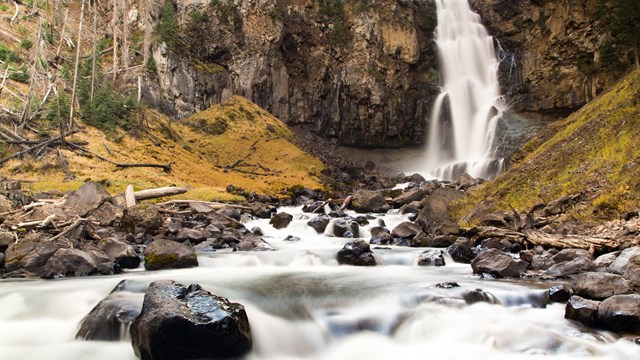
Water Conservation
The water that flows through Yellowstone National Park is a vital national resource. 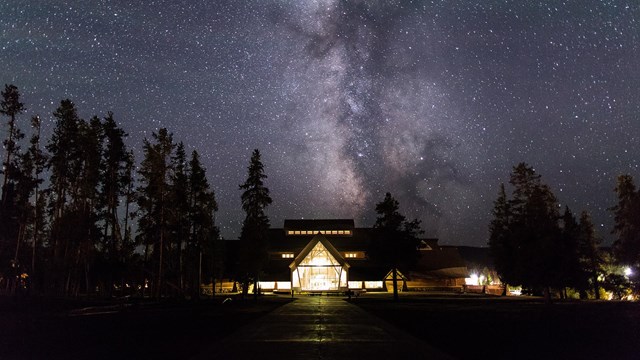
Energy Conservation
Yellowstone National Park is the largest consumer of energy in the National Park Service. 
Fleet and Transportation
Both park operations and visitors can work to reduce greenhouse gas emissions in Yellowstone. 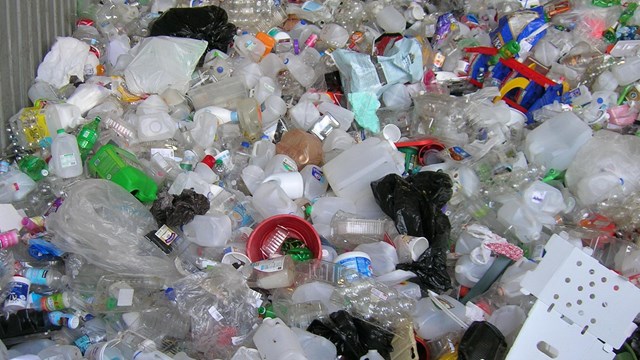
Recycling and Waste Diversion
Yellowstone National Park and its concession partners are striving to divert 75% of the solid waste produced in the park from landfills. 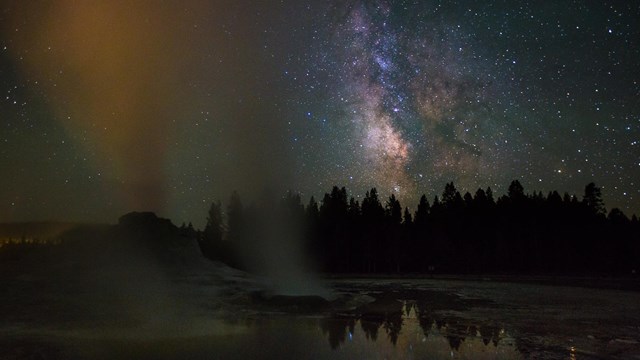
Dark Skies
Learn about dark skies, and the importance of darkness to humans and wildlife. |
Last updated: April 18, 2025
